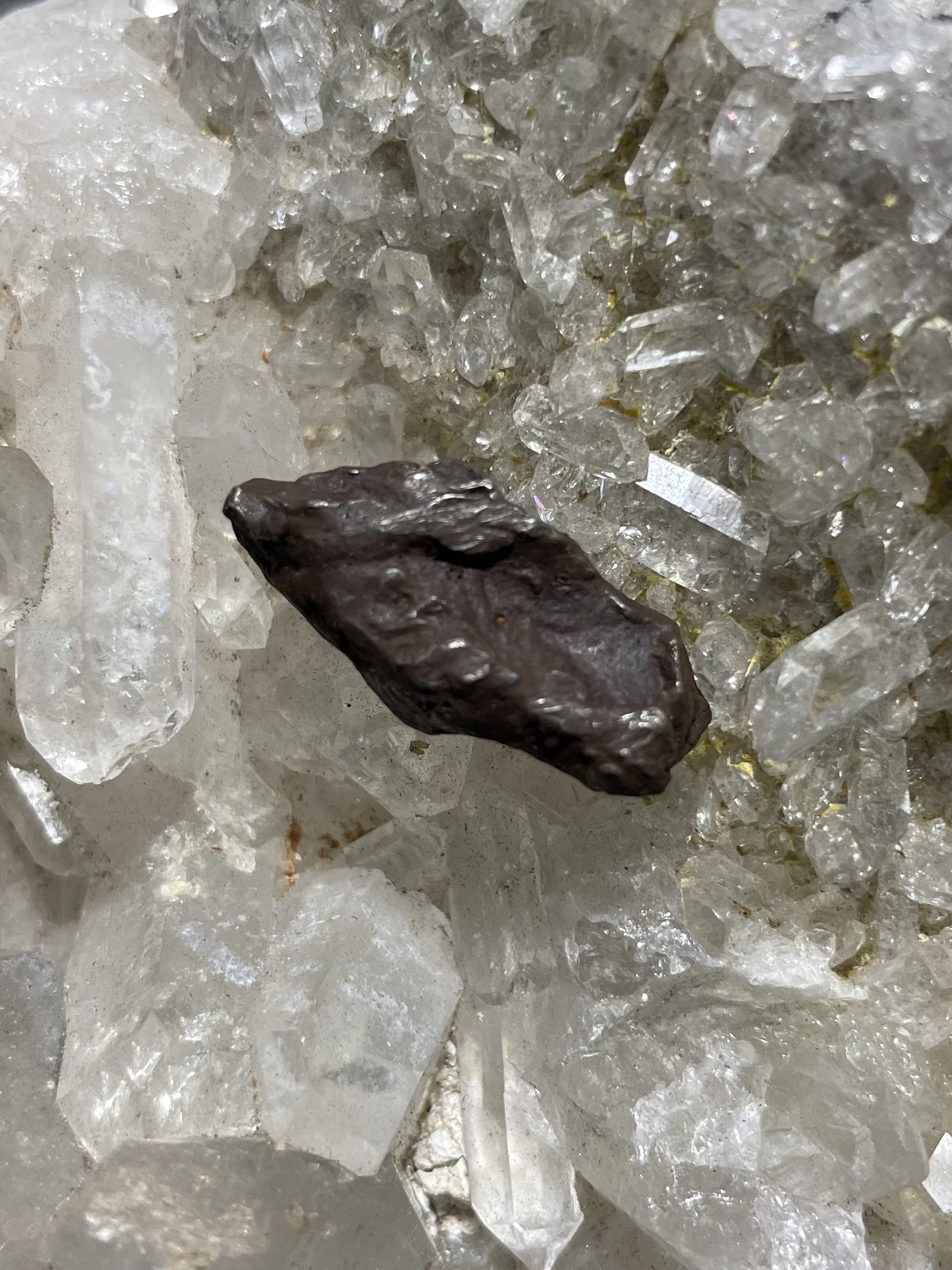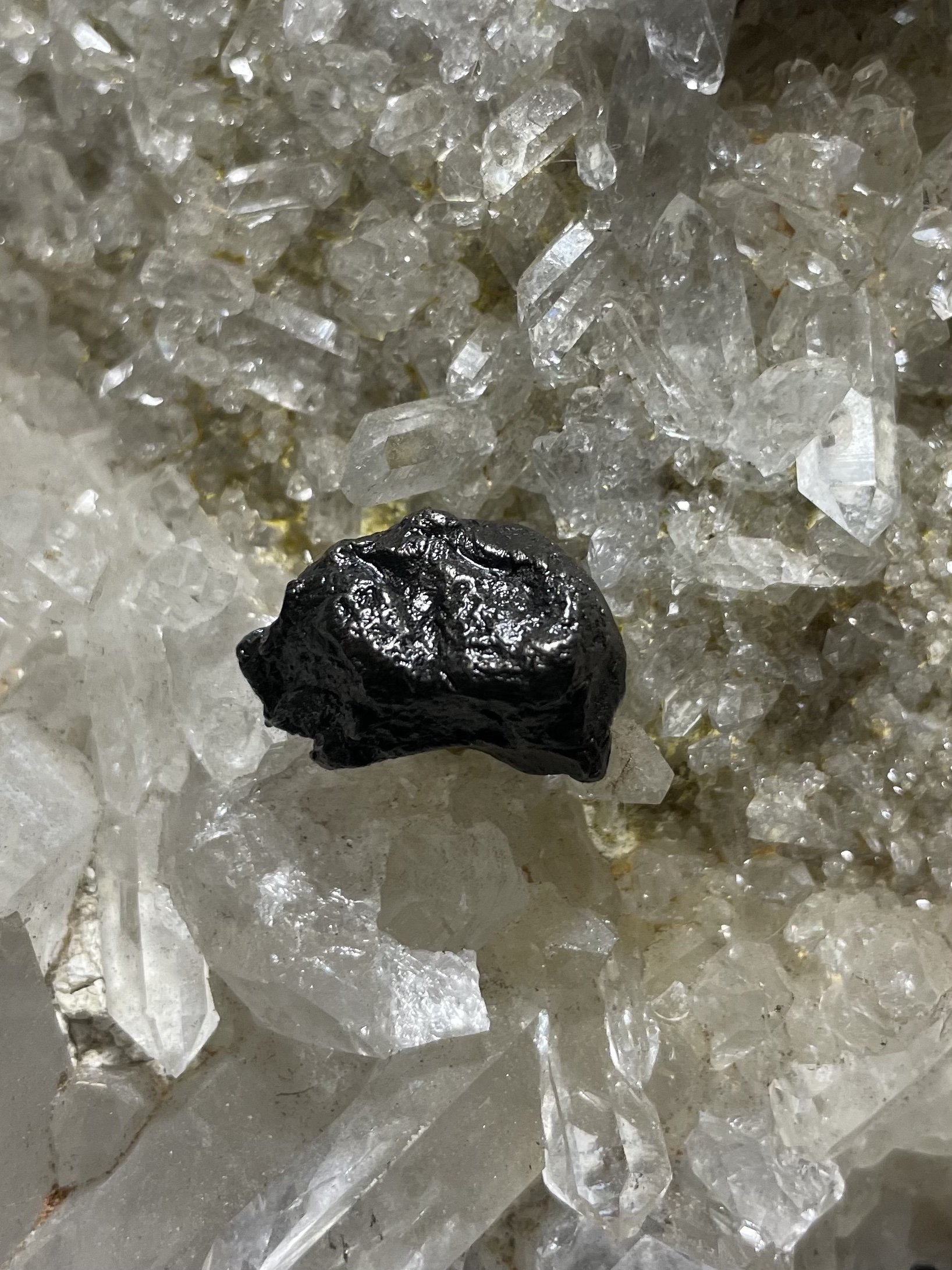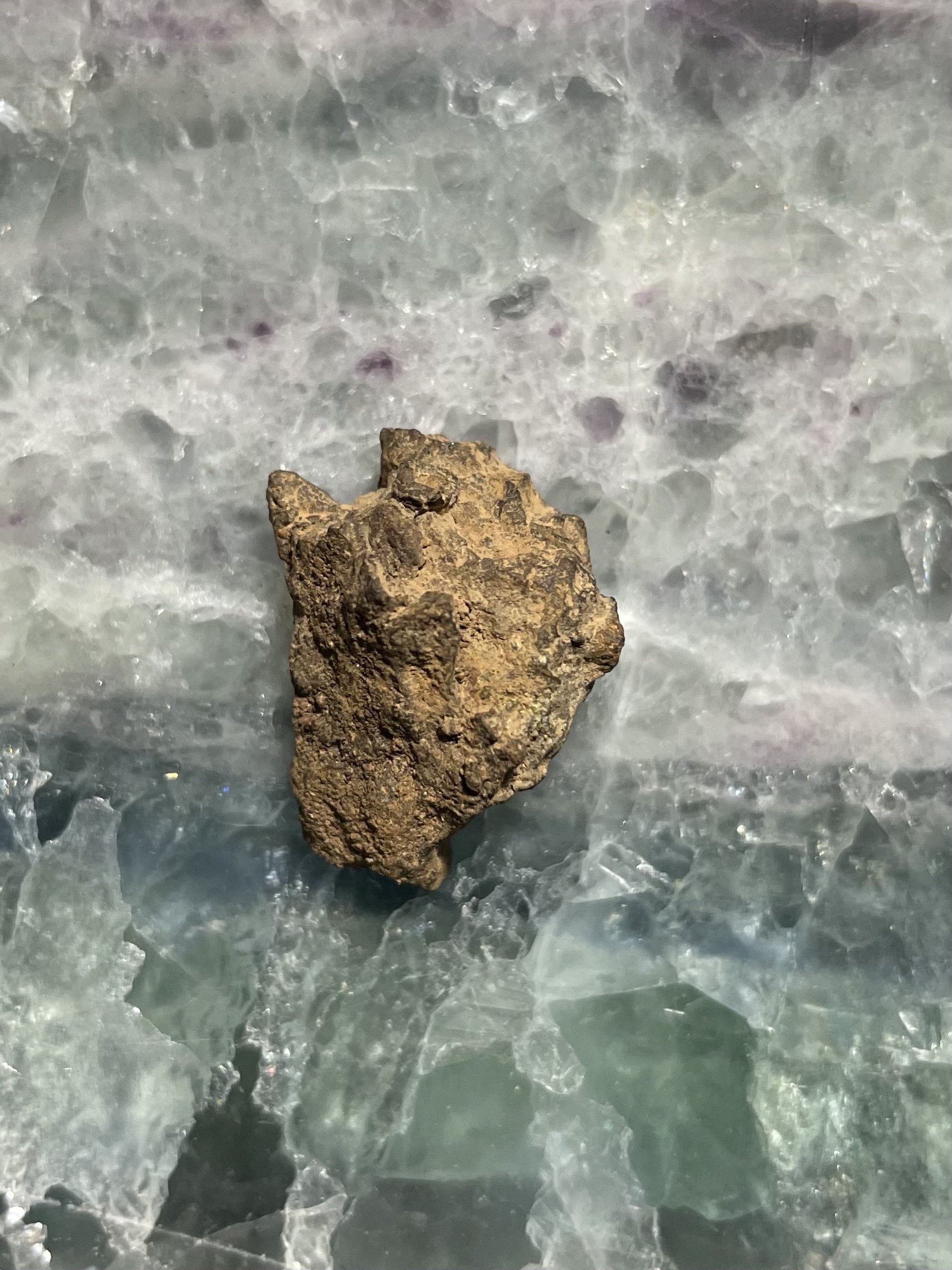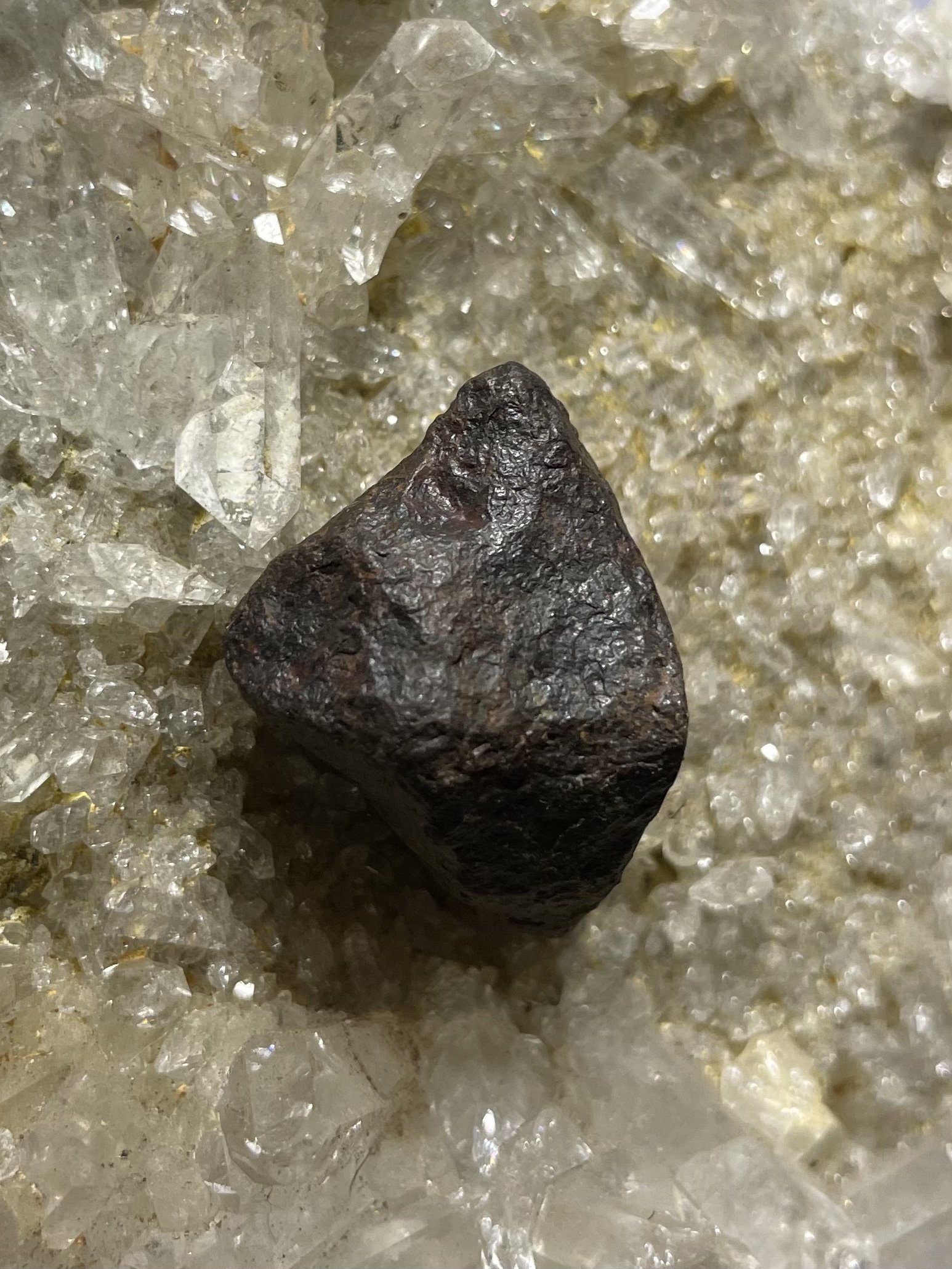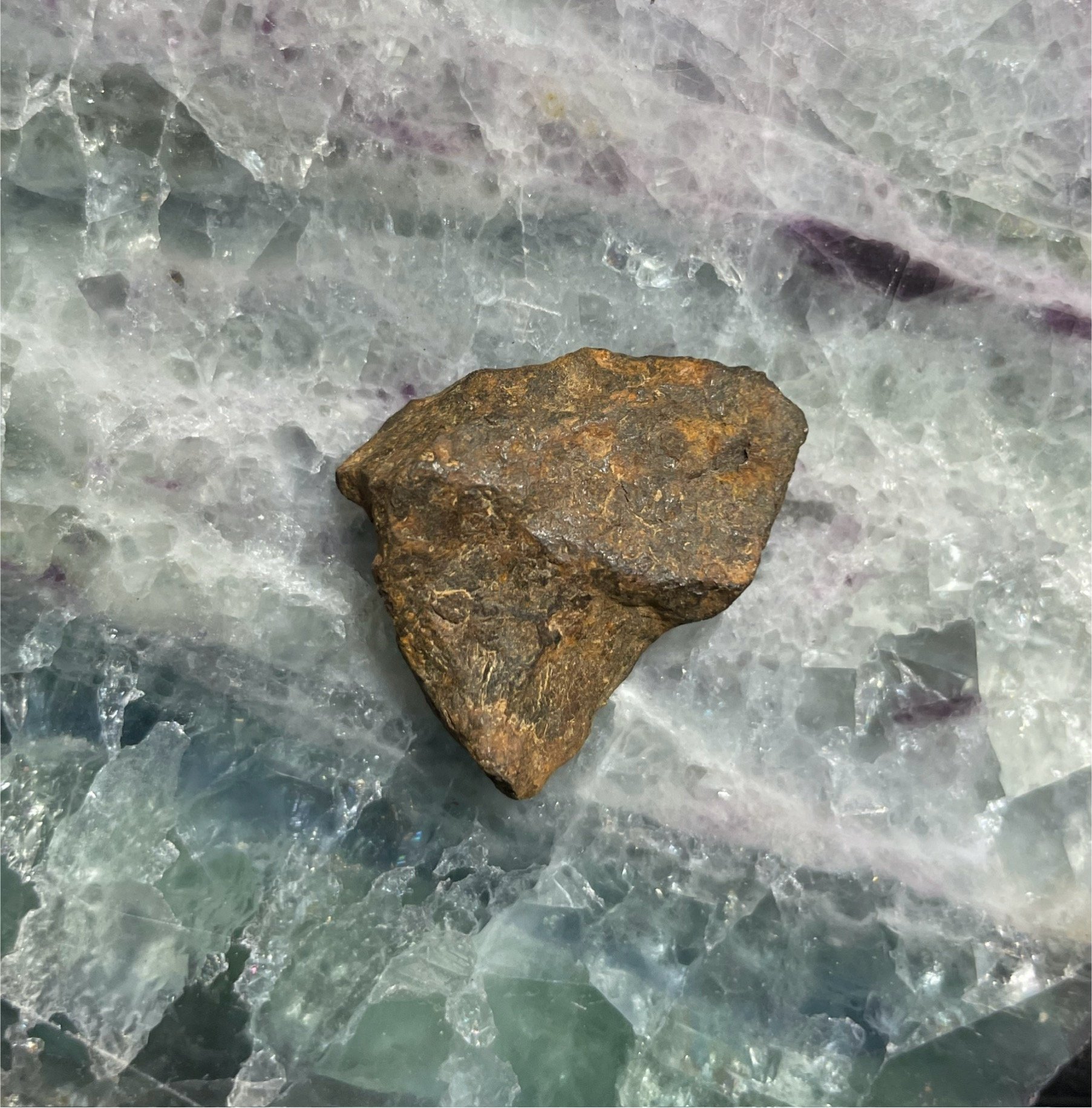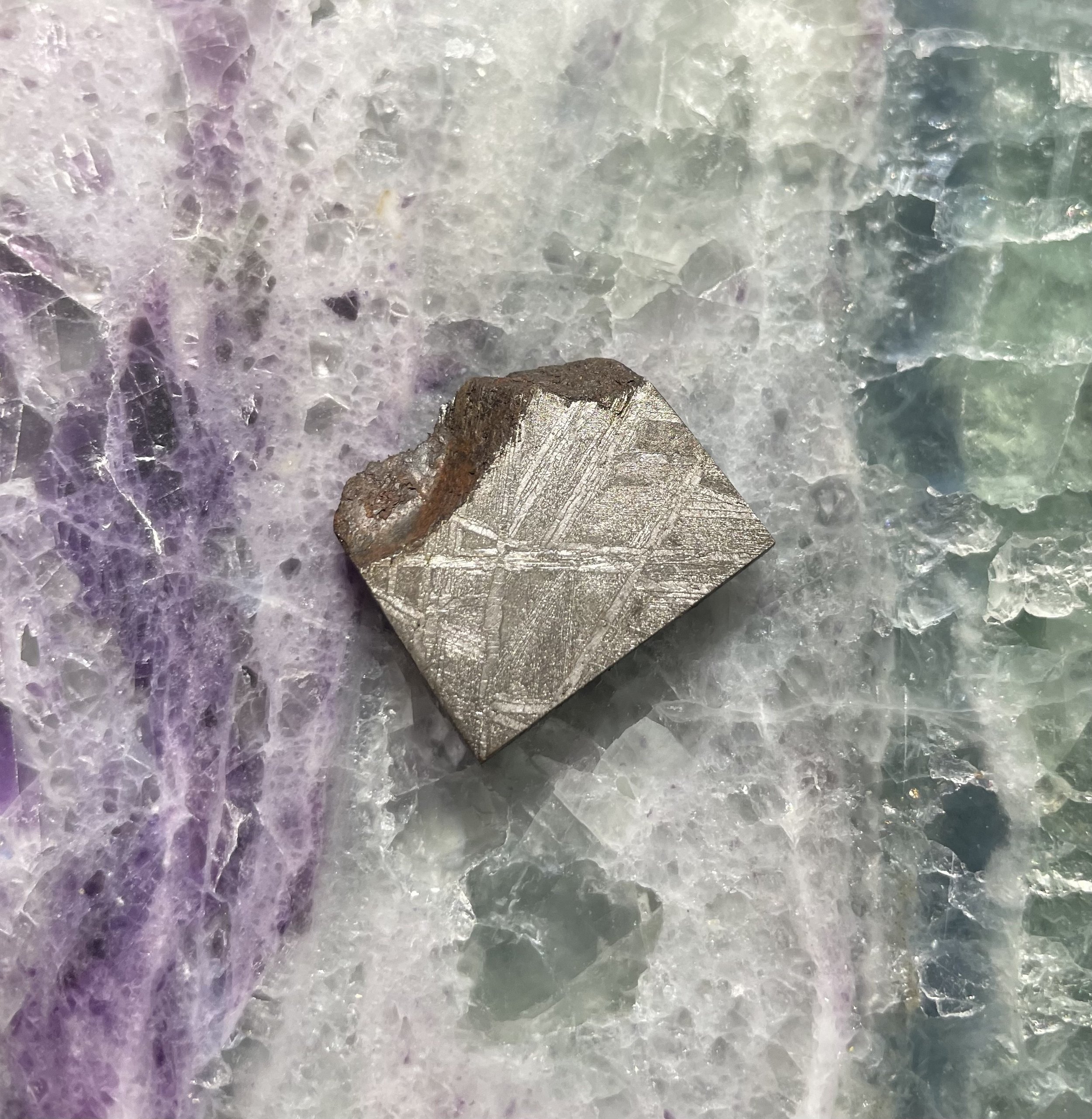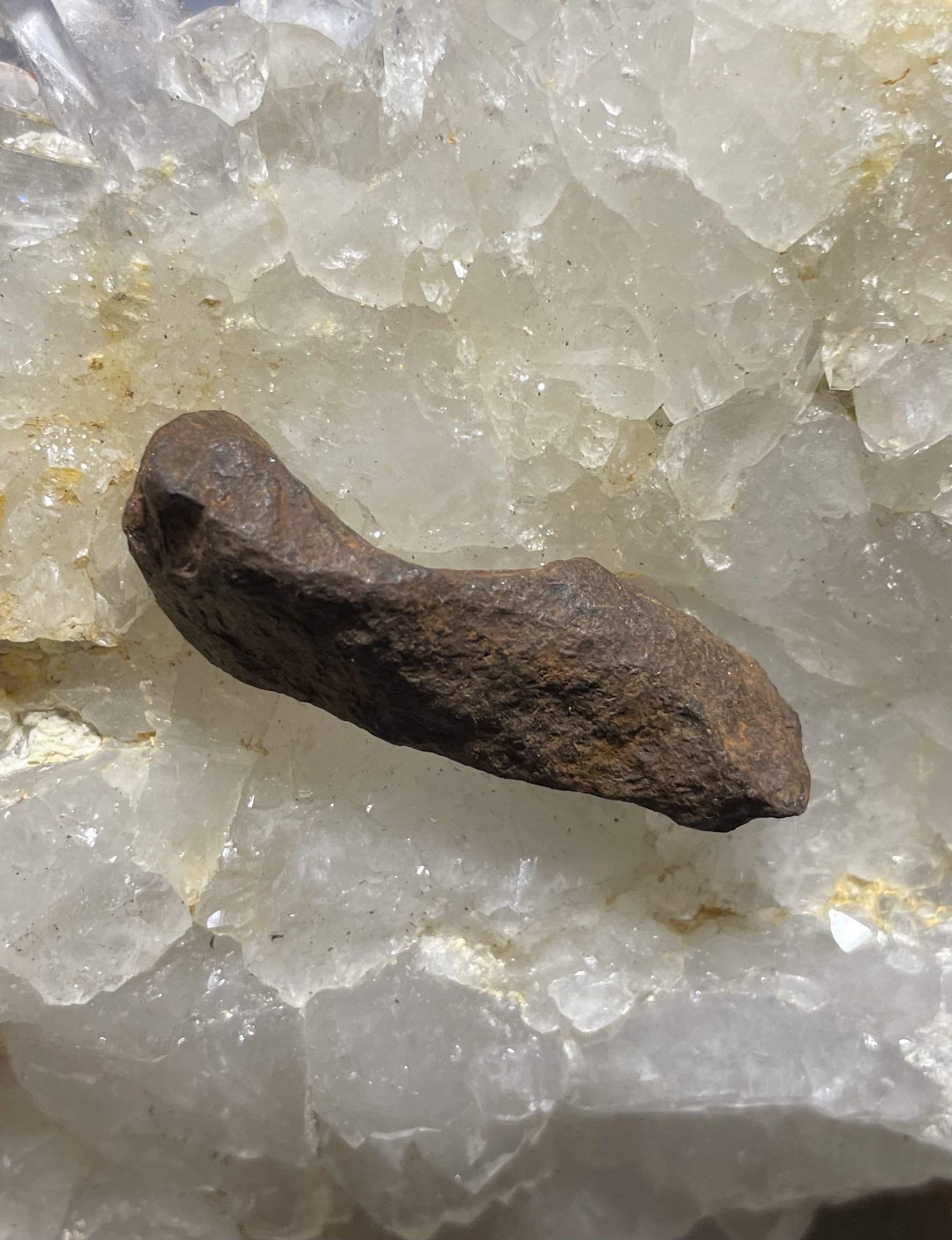Sikhote Alin Meteorite
These fragments from the Sikhote-Alin meteorite, classified as Coarsest Octahedrite IIB, were found in the Sikhote-Alin Mountains of Russia. The meteorite’s fall on February 12, 1947 is one of the largest ever recorded, with approximately 23,000kg of material breaking apart several miles above Earth, creating a rain of shrapnel over an uninhabited area.
The Sikhote-Alin meteorite is known for its distinctive metallic structure, and these fragments offer a rare opportunity to own a piece of this historical event. Their unique composition and origin make them a prized specimen for meteorite collectors.
These fragments from the Sikhote-Alin meteorite, classified as Coarsest Octahedrite IIB, were found in the Sikhote-Alin Mountains of Russia. The meteorite’s fall on February 12, 1947 is one of the largest ever recorded, with approximately 23,000kg of material breaking apart several miles above Earth, creating a rain of shrapnel over an uninhabited area.
The Sikhote-Alin meteorite is known for its distinctive metallic structure, and these fragments offer a rare opportunity to own a piece of this historical event. Their unique composition and origin make them a prized specimen for meteorite collectors.
These fragments from the Sikhote-Alin meteorite, classified as Coarsest Octahedrite IIB, were found in the Sikhote-Alin Mountains of Russia. The meteorite’s fall on February 12, 1947 is one of the largest ever recorded, with approximately 23,000kg of material breaking apart several miles above Earth, creating a rain of shrapnel over an uninhabited area.
The Sikhote-Alin meteorite is known for its distinctive metallic structure, and these fragments offer a rare opportunity to own a piece of this historical event. Their unique composition and origin make them a prized specimen for meteorite collectors.


